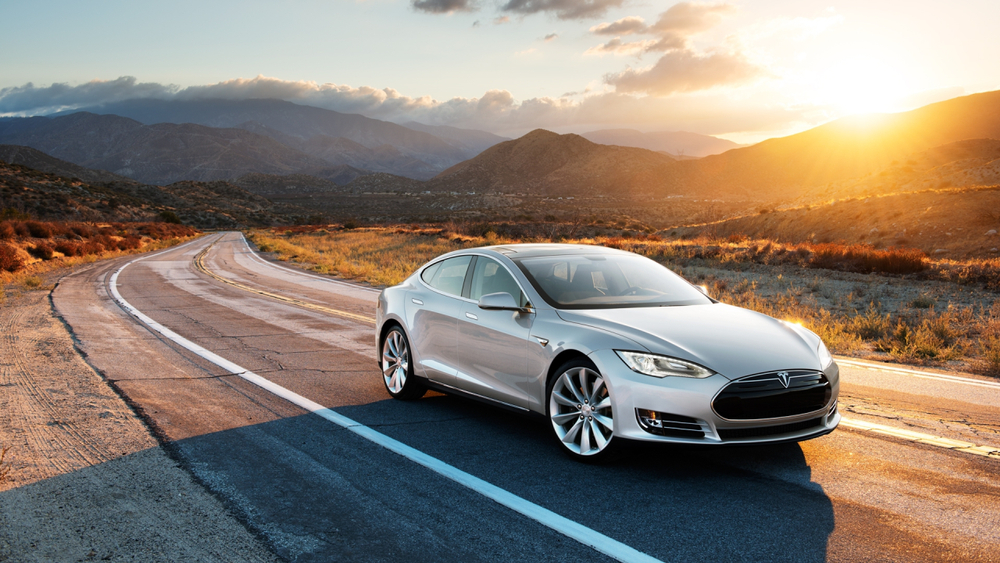Here are the US routes best suited for electric vehicles
Contributors are not employed, compensated or governed by TDM, opinions and statements are from the contributor directly

At the end of 2021, the popular car rental company Hertz purchased 100,000 Teslas. This is one of the strongest signals to the travel industry that electric cars are going mainstream and an indication of the broader societal shift towards electric cars in the U.S.
Electric vehicle (“EV”) volumes are soaring in the U.S. – with registrations up 60% in the first quarter of the year – despite new car registrations down 18% overall.
With this newfound enthusiasm for battery-powered vehicles, travel insurance comparison site InsureMyTrip examined relevant travel data for key road trip categories for the most popular road trip routes in the U.S to see which ones are best (and worst) equipped for electric vehicles*.
These categories include percentage of free chargers per stop, number of charge points per stop, number of level three chargers per stop, quality of national parks, quality of attractions and experiences and quality of restaurants.
Of the 13 routes analyzed, California’s Pacific Coast Highway is ranked first overall (6.48), with Natchez Trace Parkway (5.91), Appalachian Trail (5.42), Atlantic Coast (5.38) and Oregan Trail (5.32) completing the top five road trip routes.
| Top Five Road Trip Routes for Electric Vehicles | |||
| # | Road Trip Name | States Passed Through | Score |
| 1 | Pacific Coast Highway | Washington, Oregon & California | 6.48 |
| 2 | Natchez Trace Parkway | Tennessee & Mississippi | 5.91 |
| 3 | Appalachian Trail | Maine, New York, Virginia & Georgia | 5.42 |
| 4 | Atlantic Coast | Massachusetts, New York, North & South Carolina & Florida | 5.38 |
| 5 | Oregon Trail | Oregon, Idaho, Wyoming, South Dakota, Illinois, New York & Massachusetts | 5.32 |
Leading the (literal) charge, the Pacific Coast Highway is named the best road trip route for electric vehicles overall, scoring 6.48 of a possible 10 points. It received high scores in four of the six categories, including the number of charge points per stop (10), quality of attractions and experiences (8.97), quality of restaurants (7.63) and quality of national parks (7.52).
Named one of the best road trips in the US, Pacific Coast Highway runs for 655 miles along the Californian coastline. As the number of electric vehicles on the roads grow and with the median range for EV models reaching 234 miles, states are responsible for much of their own governing and this includes charging infrastructure.
Luckily, for those travelling along this route, the Californian state government has installed almost 5500 electric charges along it, with 93% of them a level 2 charge.
In addition, California recently announced an aggressive plan to mandate a steady increase in the sale of electric and zero-emission vehicles, the first step in enacting a first-in-the-nation goal of banning new gasoline-powered cars by 2035.
Natchez Trace Parkway – in second place (5.91) – receives high scores for percentage of free chargers per stop (10), number of level 3 charge points (10) and quality of national parks (6.86).
The 444-mile route passes through Tennessee and Mississippi allowing you to take in the beautiful sights in the rural southeast. However, with fears of running out of charge during the journey, this route has over 360 chargers and almost 80% are ‘fast charge’, minimizing the risk of running low on battery.
It misses the top spot due to the number of charge points per stop (1.37) and quality of restaurants (2.11). low-quality beaches (3.91) and quality family hotels (5.72).
This is set to change as Mississippi is set to receive $50 million from the Infrastructure Bill to pay for charging stations and establishing corridors across the state for EV drivers.
Completing the top three road trip routes for electric vehicles is the Appalachian Trail (5.42) due to its quality of restaurants (9.21), quality of national parks (8.48) and quality of attractions and experiences (7.95).
However, it’s the EV infrastructure that lets this 2200-mile-long journey down. Despite having over 1000 chargers available, 91% of them are based in New York, leaving less than 10% for the remaining miles and only four percent are level 3 charging.
Not all road trips are prepared for electric vehicles. The Border to Border (2.22) route is named the least suitable for EV’s.
Poor quality of attractions and experiences (0), number of charge points per stop (0.85), percentage of free chargers (1.16) and number of level three charge points (1.27) make this route the least desirable when using an electric vehicle.
Border to Border is followed by Blue Ridge Parkway (3.08) and Route 66 (3.33), comprising the bottom three.
Sarah Webber, Director of Marketing at InsureMyTrip commented: “With the cost of travel increasing, many Americans are opting for road trips. However, the price of gas is also going up, which is why some are considering electric cars to get them to their vacation destination. Our hope is this list of routes will make the decision to go electric easier and encourage travellers to take that road trip.”


Comments are closed.